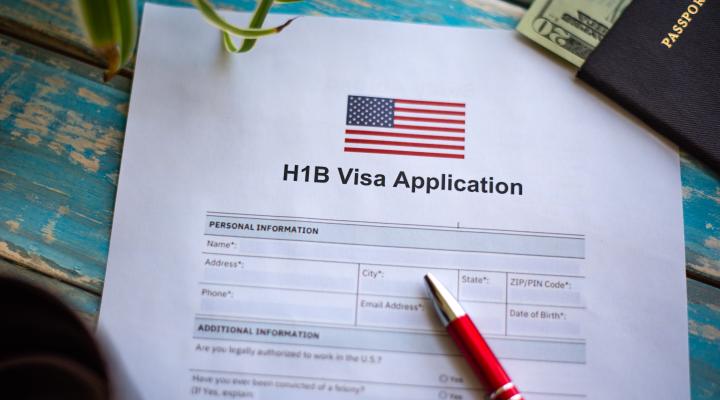Managing Worker's Visa Needs

Hiring foreign workers in the United States involves navigating a complex landscape of regulations and requirements. Ensuring work visa compliance is crucial to avoid legal issues and hiring mistakes.
This guide provides HR professionals with essential tips for understanding and managing work visa compliance effectively.
Understand Visa Types
Familiarize yourself with the various types of work visas available in the U.S., such as H-1B (skilled workers), L-1 (intra-company transferees), O-1 (individuals with extraordinary ability), and more. Each visa category has specific eligibility criteria and documentation requirements. Keeping a spreadsheet with each category requirement may help.
Stay Informed
Work visa regulations can change frequently. Make sure to check the U.S. Citizenship and Immigration Services (USCIS) website regularly for updates on visa requirements and processes. To make things easier, designate a team member who will be responsible for monitoring these updates and sharing them with your team on a scheduled basis.
Engage Legal Expertise
Consider consulting with immigration attorneys who specialize in employment-based immigration. They can provide accurate and up-to-date advice tailored to your company's needs, reducing the risk of non-compliance. If your company already has an attorney on staff, consider requesting quarterly reviews of your Visa employee's status and any regulation updates.
Thoroughly Review Documentation
Ensure that all documentation, including employment contracts, job descriptions, and support letters, are accurate and consistent with visa application requirements. Any discrepancies could lead to delays or denials. Always keep files in secure storage and never share the information with any other employees.
Labor Condition Application (LCA) Compliance
For H-1B visas, file the required Labor Condition Application (LCA) with the Department of Labor (DOL) before submitting the H-1B petition to USCIS. Adhere to the terms and conditions stated in the LCA, including prevailing wage requirements.
Maintain Public Access Files
For H-1B and E-3 (Australian specialty occupation) visas, create and maintain public access files containing relevant documentation, such as the LCA and wage information. These files should be made available for inspection upon request. You and any team member should know where these documents are for any inspections, too.
Consistency in Job Descriptions
Ensure that the job description provided in the visa application matches the actual duties of the position. USCIS evaluates whether the job meets visa eligibility criteria based on this information and may deny applications where the responsibilities do not align.
Document Retention
Maintain records of all visa-related correspondence and documentation for several years. This includes application forms, supporting documents, approvals, and any communication with government agencies. When ready to dispose files, ensure you do so properly by shredding all files or hiring a file disposal company to do this.
Avoid Discrimination
Treat foreign job applicants and employees equally in the hiring process. Avoid any practices that could be interpreted as discriminatory based on nationality, race, language barriers or visa status.
Plan for Timely Extensions
For employees on non-immigrant work visas (such as H-1B), be proactive in planning for visa extensions. Initiate the extension process well in advance to avoid work disruptions due to visa expirations and keep the employee involved in the process as well.
Education and Training
Educate your HR team about the various work visa categories, eligibility requirements, and compliance procedures. Regular training will help ensure accurate and consistent information is provided to potential foreign hires.
Monitor Visa Changes
Stay informed about changes in visa regulations and immigration policies, as they can impact your hiring strategies and processes. This includes potential changes to the number of available visas and eligibility criteria.
Maintain Communication
Keep open communication with foreign employees regarding their visa status and any potential changes in employment that might affect their visa status. This helps prevent unintentional violations.
By following these guidelines and prioritizing work visa compliance, HR professionals can successfully navigate the complexities of hiring foreign workers in the U.S. and avoid costly mistakes. Remember that each situation may be unique, so it's always a good idea to seek professional legal guidance when in doubt.
The information provided on www.onepercentforamerica.org is intended for general informational purposes only. It should not be considered as professional advice or a substitute for seeking professional guidance.



